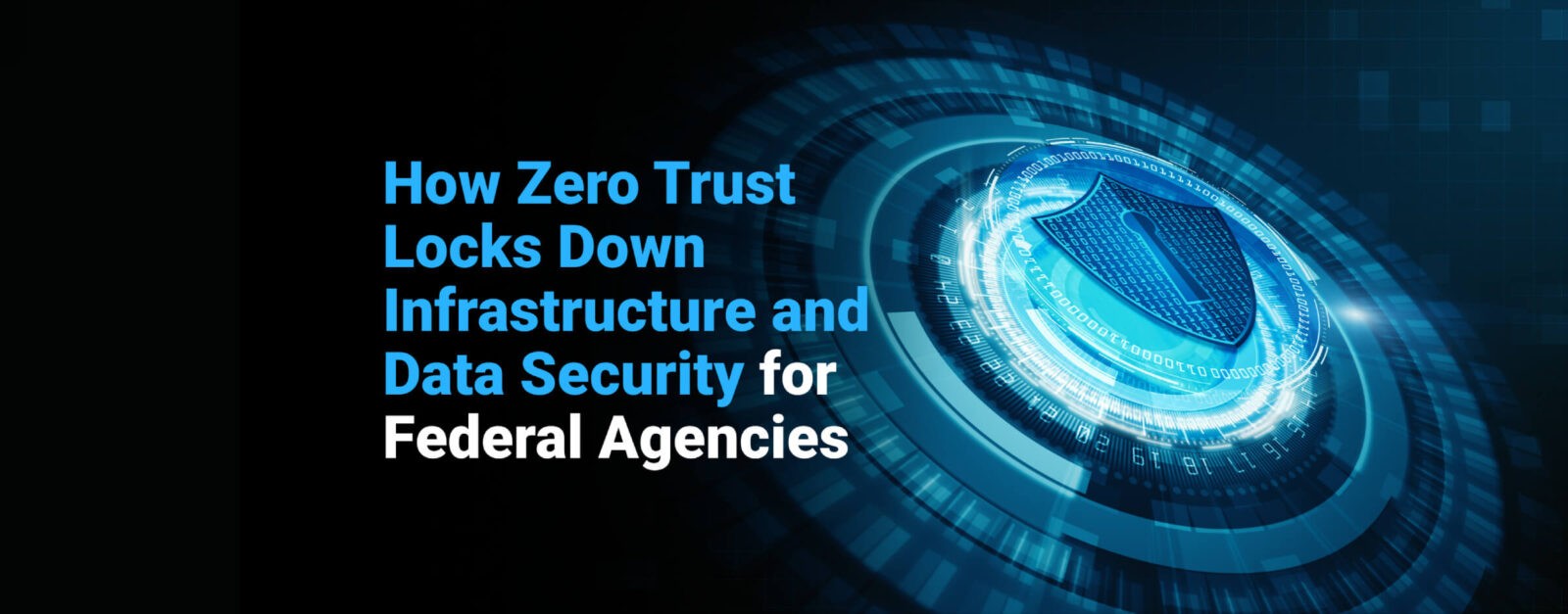Modern cybersecurity threats demand a proactive approach. For U.S. federal sectors such as healthcare, financial services, and national security, zero trust (ZT) principles replace outdated perimeter-based models with continuous verification and least-privilege access.
From Castle-and-Moat to Zero Trust
For years, the traditional castle-and-moat approach served as the standard for network security. Designed for on-premises data centers and internal users, this model relied on strong perimeter defenses to protect sensitive information.
However, with the rise of cloud computing, remote workforces, and sophisticated cyber-attacks, this moat can no longer provide adequate defense. Attackers who simply breach the outer perimeter often gain unrestricted access to systems due to this outdated implicit trust within networks.
Zero trust offers a critical security framework escalation. As defined by the National Institute of Standards and Technology (NIST) in Special Publication 800-207, zero trust, also known as zero trust architecture (ZTA), emphasizes continuous verification, granular access controls and the principle of “deny by default.” It assumes no user or device, internal or external, should be trusted automatically.
Core Principles of Zero Trust
- Explicit access controls: Access is granted based on user identity, device health, and location
- Least privilege: Users receive only the minimum access necessary for their designated tasks
- Micro-segmentation: Resources are isolated to limit lateral movement of data
- Continuous monitoring: Security decisions adapt in real time using analytics
How Zero Trust Drives Infrastructure and Data Security Across Federal Sectors
Healthcare: The federal healthcare sector manages vast amounts of sensitive data such as electronic health records (EHRs) and public health information. Traditional cybersecurity models struggle to protect such assets against ransomware and increasingly sophisticated threats.
Zero trust safeguards sensitive health data by:
- Implementing granular access controls for medical staff
- Verifying device security before granting network access
- Isolating patient records to prevent unauthorized lateral movement
Financial Services: The federal financial sector, including agencies such as the Treasury Department and Federal Reserve, is a prime target for cybercriminals as well as hostile nation-state actors looking to compromise our national interest and destabilize our economy. According to USAID, in 2023 the cost of cybercrime worldwide was estimated to top $8 trillion, making it the “single greatest threat to the global economy.”
Zero trust principles strengthen these critical agencies’ defense by:
- Isolating critical financial systems through micro-segmentation
- Using multi-factor authentication (MFA) to prevent unauthorized access
- Continuously verifying transactions to detect fraud
National Security: National security agencies face constant threats from espionage, cyberterrorism, and advanced persistent threats (APTs) and therefore require the highest level of protection.
Zero trust hardens national security by:
- Granting access based on security clearance and real-time verification
- Segmenting classified systems to restrict unauthorized movement
- Using AI-driven threat detection to neutralize cyberattacks
Today’s Challenges and a Secure Path Forward
Adopting zero trust principles is a process that requires expert management. Federal agencies must adapt this vital framework to align with their unique challenges and requirements, as DoD, federal and industry guidelines differ.
Migrating legacy systems to zero trust architecture can also require significant time and investment. However, the benefits far outweigh the challenges. By eliminating implicit trust, restricting lateral data movement and continuously monitoring access, zero trust architecture creates a robust, proactive defense against escalating cyber threats.
Whether safeguarding patient records, financial systems or national security assets, zero trust architecture provides a proactive, resilient framework for all federal entities. By adhering to the principles in NIST’s Special Publication 800-207, federal agencies can build defenses that stand ready for today’s dynamic cyber threats while preparing for future challenges.
Enhance Your Security with Sky Solutions Comprehensive ZT Architecture
Sky Solutions offers a comprehensive zero trust architecture designed to enhance federal security by eliminating implicit trust and continuously verifying every access request. Our approach integrates all best practices, including cloud security, least privilege access, micro segmentation, continuous monitoring and logging, and integration with federated identity providers and mobile device management (MDM) solutions.
To learn more about our ZTA, visit Zero Trust Architecture | Enhance Security – Sky Solutions
Contact us for a free consultation to learn how zero trust architecture can harden your agency’s cybersecurity to meet today’s needs and tomorrow’s evolving threat landscape.



